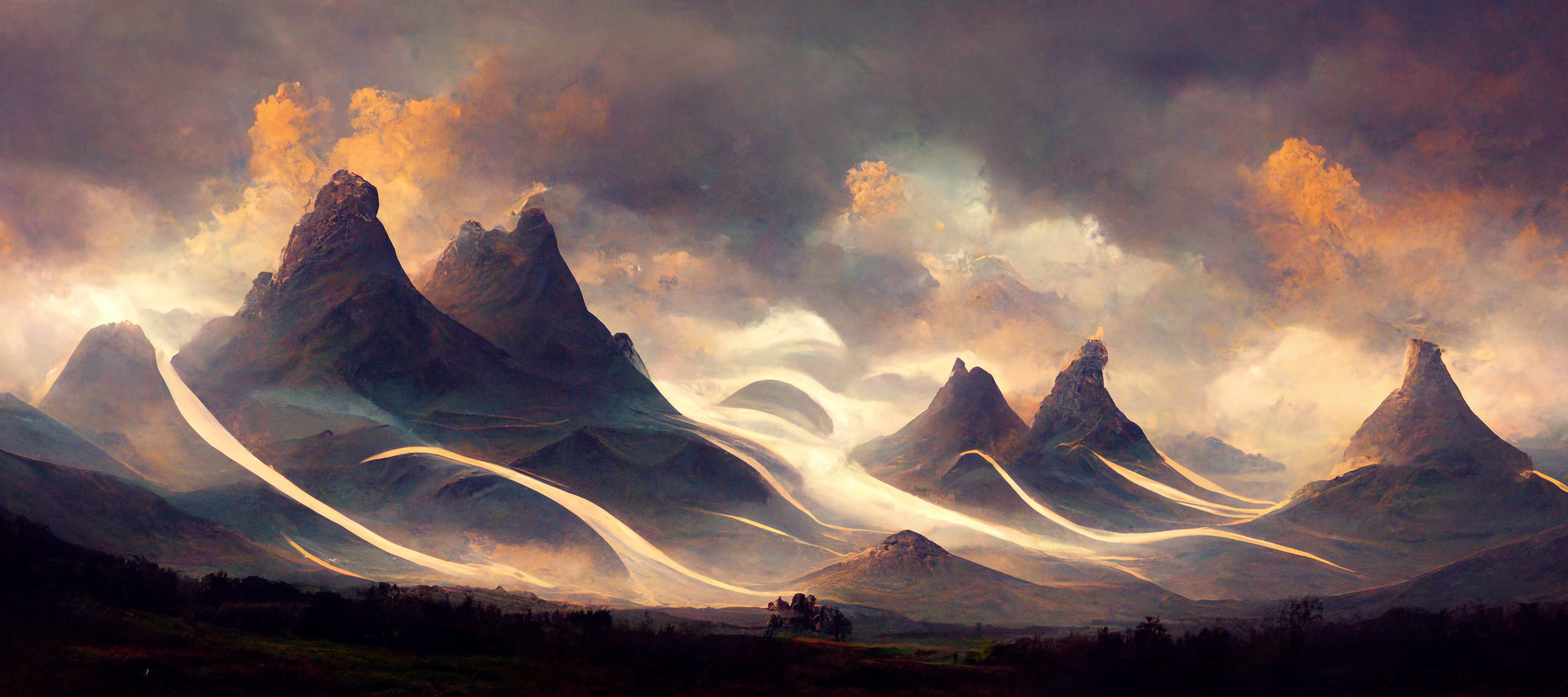Anatomy & Morphology
While there are multiple kinds of dragons, and each looks different, there are common features between all dragons. All have wings, scales, and tails.
Variants tend to be well adapted to their environments - smaller wings for those who lived underground or among dense vegitation, or the presence of feathers and fur on dragons who live in cold environments but not ones who live in warmer parts of the world..
The most consistent facial features are two eyes, some configuration of horns, and some percentage of teeth for shredding and consuming meat.
Biology
According to murals and records, the dragons never stop growing, and once they're an adult, they grow more depending on how well and frequently they're fed.
Dragons also have the ability to use magic and shapeshift themselves into looking like other mortals. These forms can be partial or full shifts, a Sophont form, and on rare occasions the form of a beast.
Pure Dragons are hatched by singing or magic exposure, varying in incubation time based on how much of either they had received prior to hatching.
- Egg
Dragon Eggs sit in incubation for centuries until conditions are right for hatching. Eggs have been found in the lava lakes and rivers, as well as underwater, however, the eggs are not all-enduring, as they can be smashed, broken, or destroyed.
- (Hatchling)
A term used to describe a young dragon once they've hatched until they can fly independently and feed themselves independently.
- (Nestling)
- (Fledgling)
When a Dragon can fly without assistance and can find or provide food for themselves, they are considered an adult.
Dragon Bloods are the children of dragons and non-dragon parents. Usually, their more draconic traits begin to display when the child is an adult and until that age, they appear like any other person of the non-dragon species. This can be inherited by grandchildren and on, though eventually the traits will not show up as often.
Dragonkin are believed to be the offspring of the weaker dragons, ones who stayed small and intentionally kept themselves underfed in order to appear to be less of a threat. No records currently exist to confirm these beliefs. Dragonkin in the presence of dragons will however, follow the hierarchy of Dragons instead of their own heirarchy of peacekeeping skills and inventiveness.
Society
Dragons are recorded as generally being territorial, but are intelligent enough to be reasoning beings and capable of building alliances. The Adrakian Empire was built from the territories of three dragons that then expanded to overtake the territories of others before encorporating them into the Empire. As the three initial dragons, the ones worshipped as gods by the mortals of Soplas, were recorded to be the largest and maintained control, it is believed the larger dragons would be at the top of draconic society through their ability to ensure a steady supply of food.
History of the Species
The ancient history of the species is pieced together from ruins, but suggests they came from the ground, the flames, the oceans and waters, the forests, the ice capping the mountains, and any other place on Soplas. These suggestions, however, seem more like outlandish stories akin the the myths of Gods forming the mortal species - except without gods when a trio declared themselves gods in a much later time.
The largest recorded draconic society is the Adrakain Empire, which ruled Soplas for most if not all of recorded history before their demise. If other societies built up, they likely were of dragons holding power over mortals who paid tribute to them, and either lost to the records of Soplas or exist elsewhere.
Beauty Ideals
While beauty is generally in the eye of the beholder and based on personal interests, the smaller dragons were less likely to have eggs or hatchlings during the Adrakain Empire's age.
Records have described higher ranked dragons taking non-dragon partners who could be described with a number of adjectives - clever, creative, fierce, peaceful, curious, to name a handful - but the common thread was that the person would strongly exhibit some kind of characteristic the dragon found attractive.
Taboos
While records describe the larger dragons generally treating the very small with disregard or disdain, one of the surviving Adrakain law records gives exact detail the punishment of a dragon or person found guilty of consuming dragon-flesh. Most modern scholars believe this law is a written form of the disgust and exile of any person found guilty of eating other people.



I liked the idea of singing for hatch the eggs. There is an interesting potential for stories in that, I think. Some lazy mother making a conservatory of music to teach the kind of song she wants to hatch her babies. Generations of human musicians would travel to this place and study for decades without imagine the hidden agenda of their mentor. Could go as far as it becoming a profitable business in both sides: parents bringing their eggs to be 'cooked' by songs in the place and music students arriving to learn how to play those songs, not knowing they are learning how to hatch dragon eggs. Or perhaps on has some dragon eggs in a vault, and wishes to hatch them in order to place the newborns into slavery and use them as weapons in war. However, this fortunate person lacks the right songs to hatch the eggs. And isn't easy to learn the songs without risk to call the attention of dragons and/or dragon friends likely to see the project in less than entirely favourable light.
Oh my gosh, I had completely forgotten about the singing. And so much other stuff, that is gold! And thank you for reminding me of it as well as enjoying the idea. These are definitely ideas to think of an consider, especially when in my setting as it is now, Dragons are a feared species.